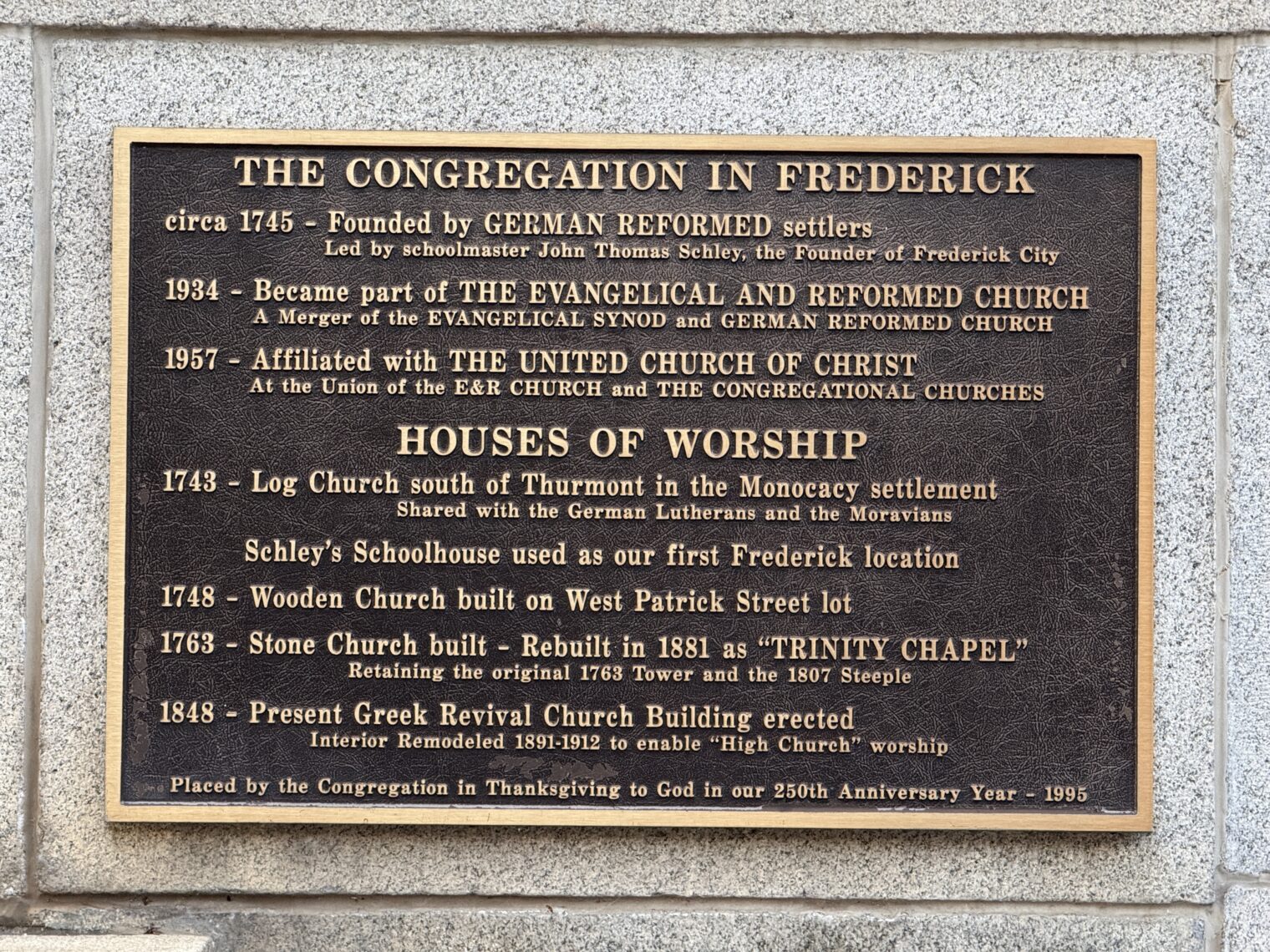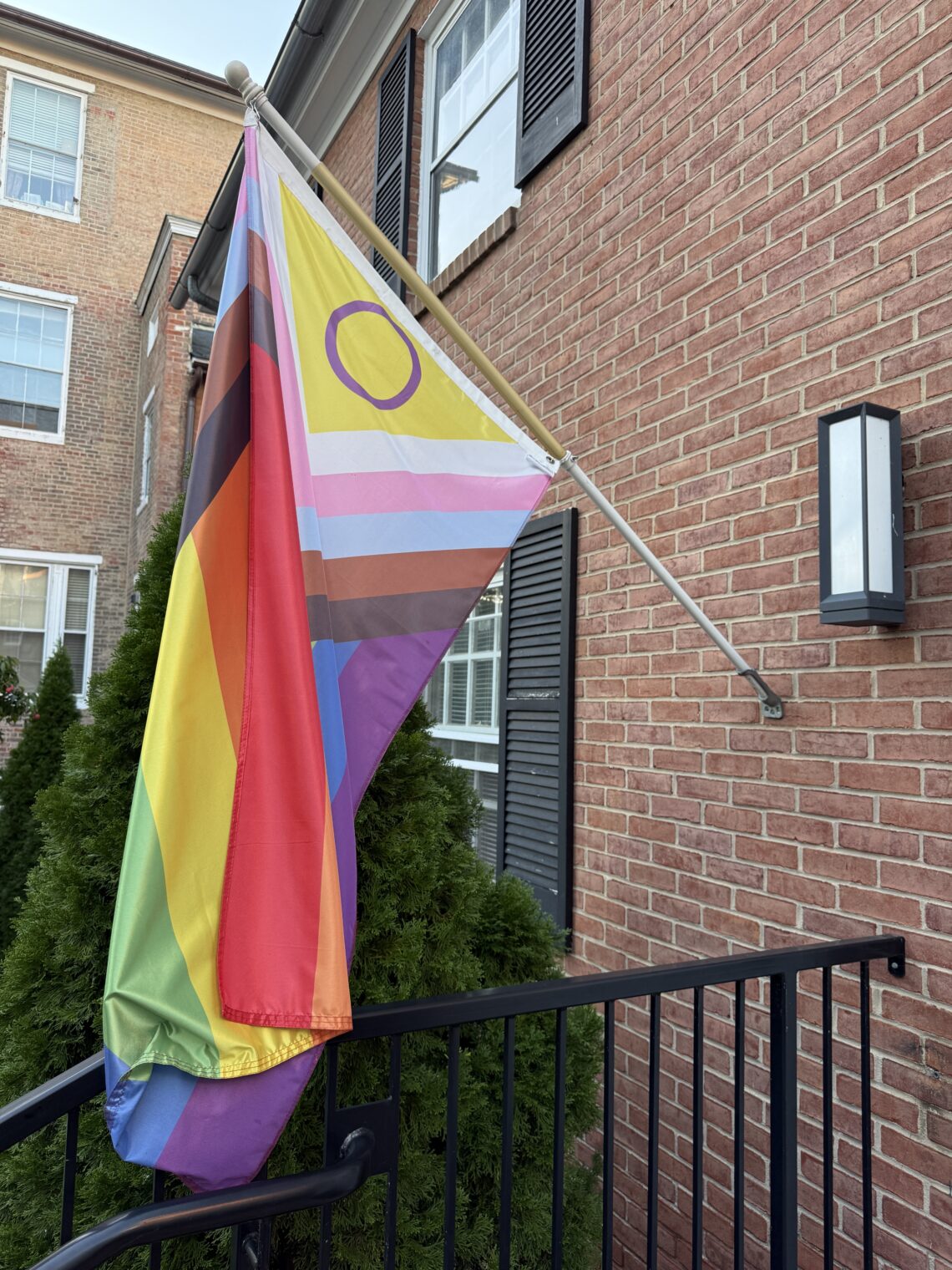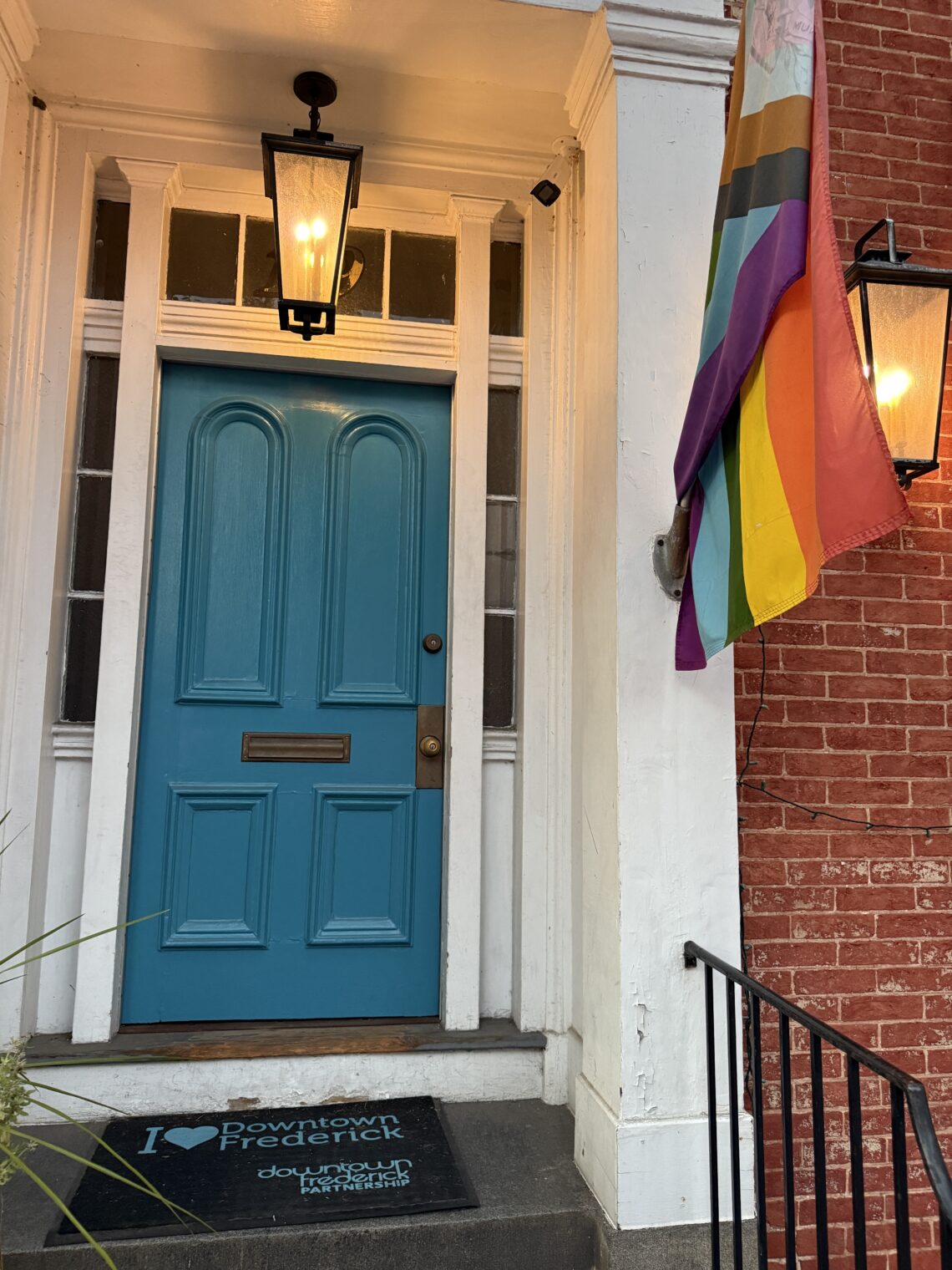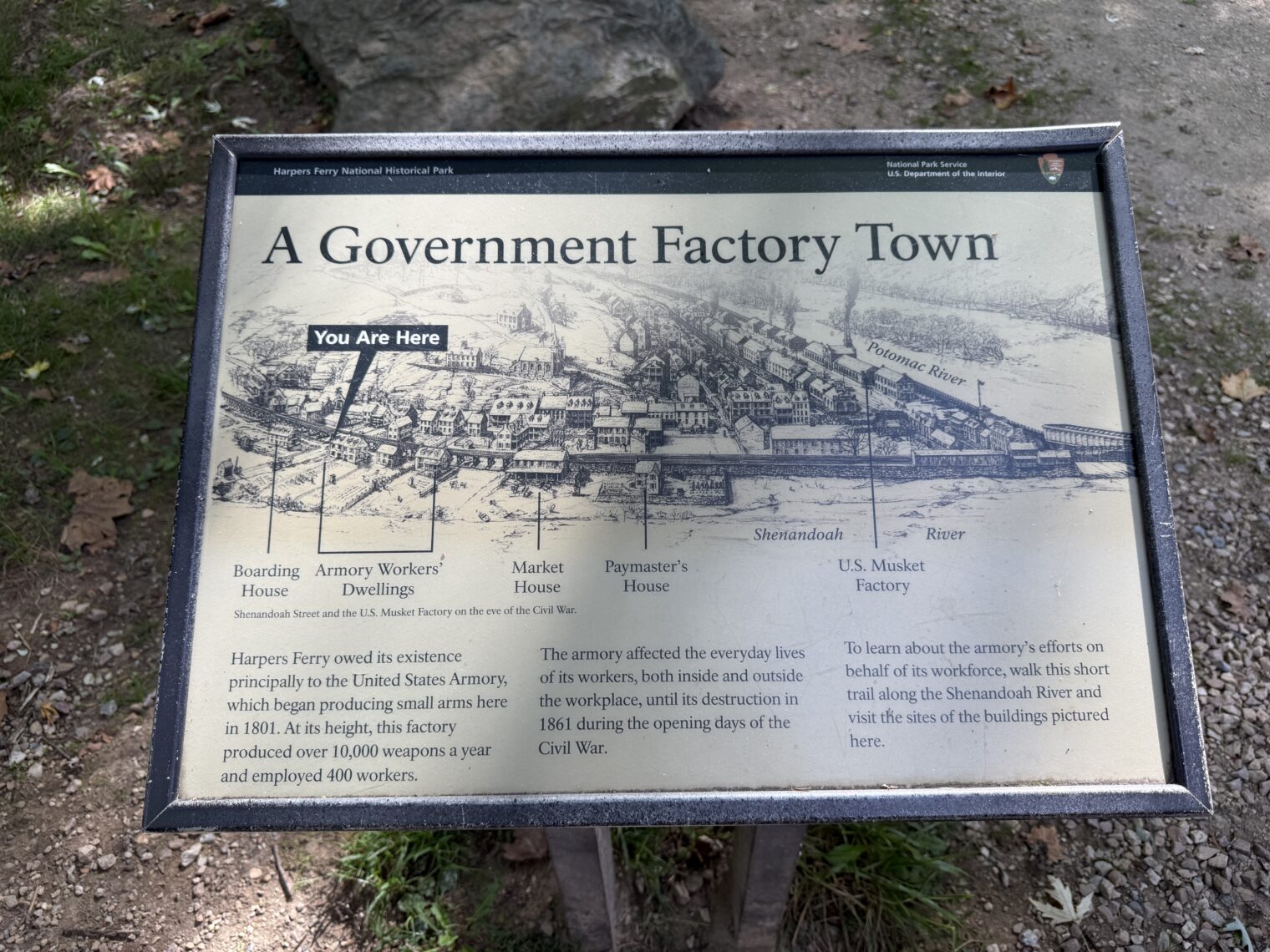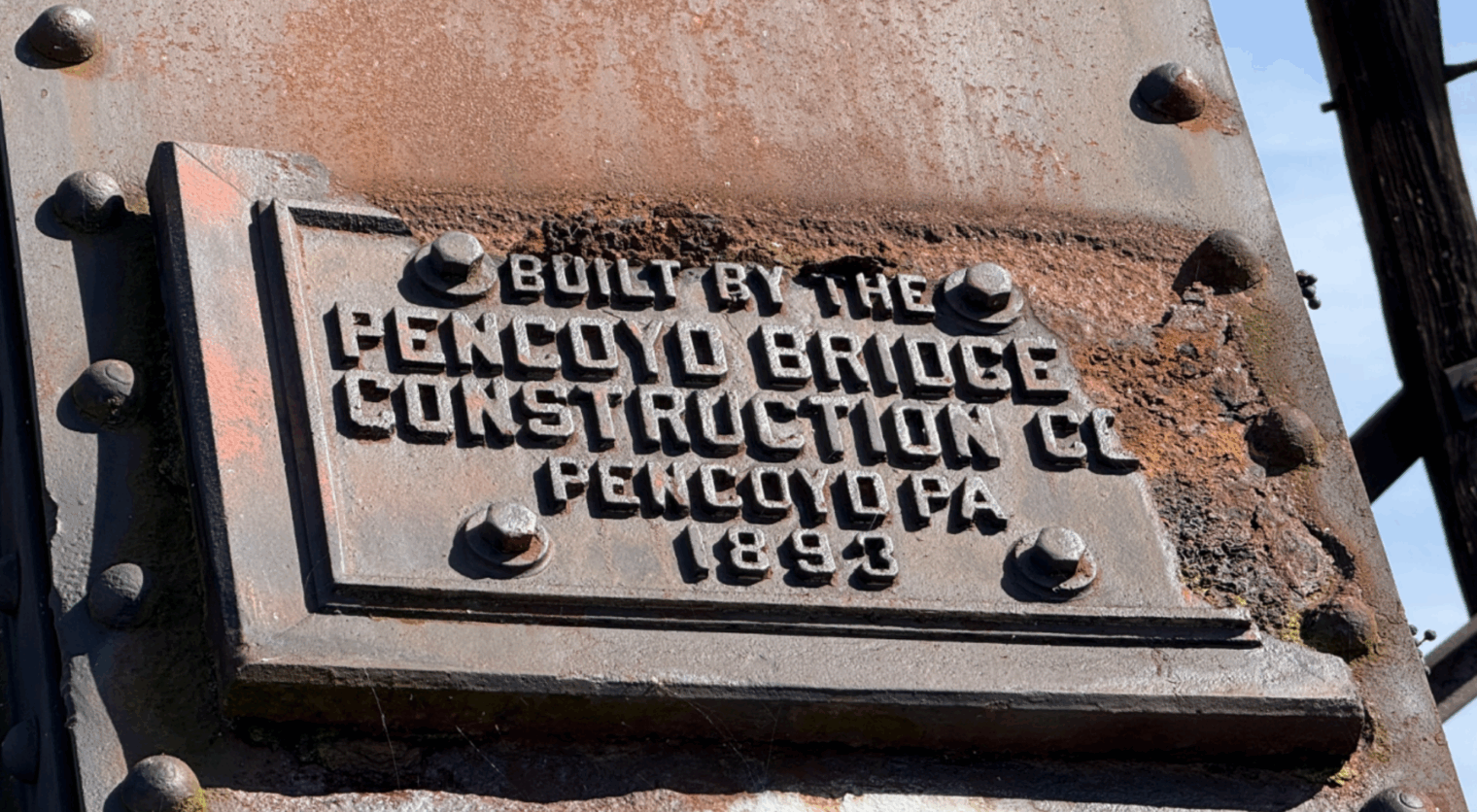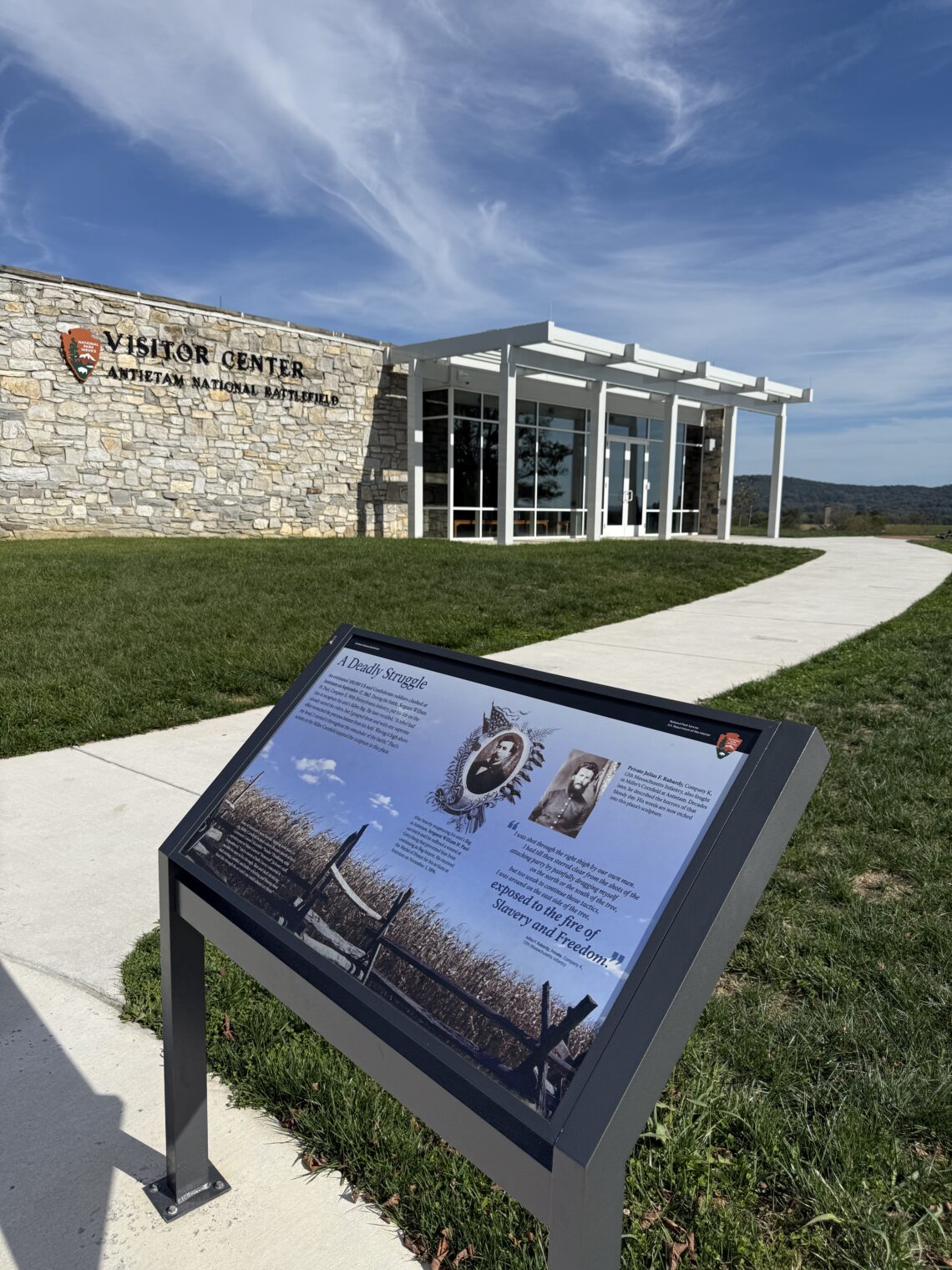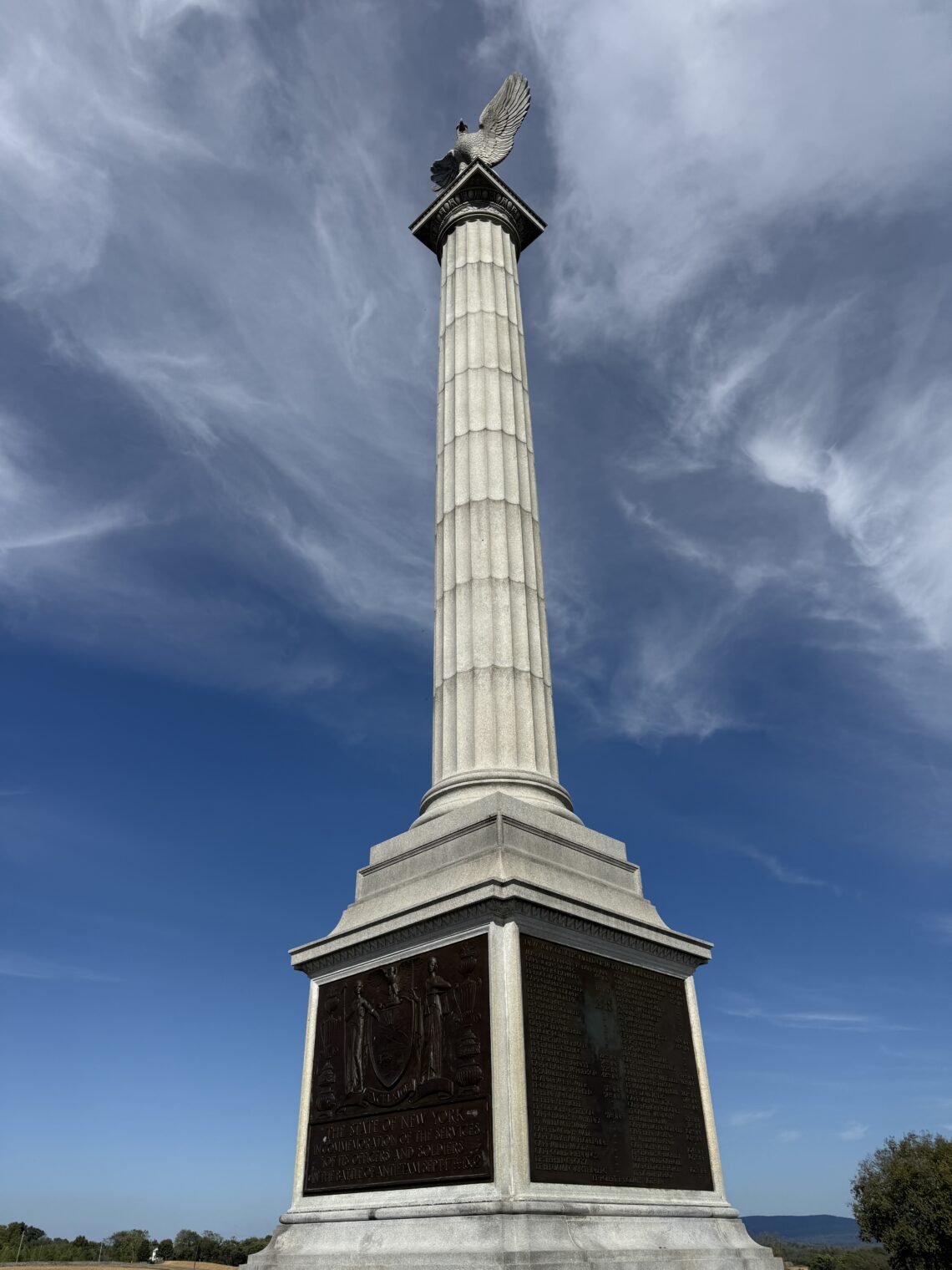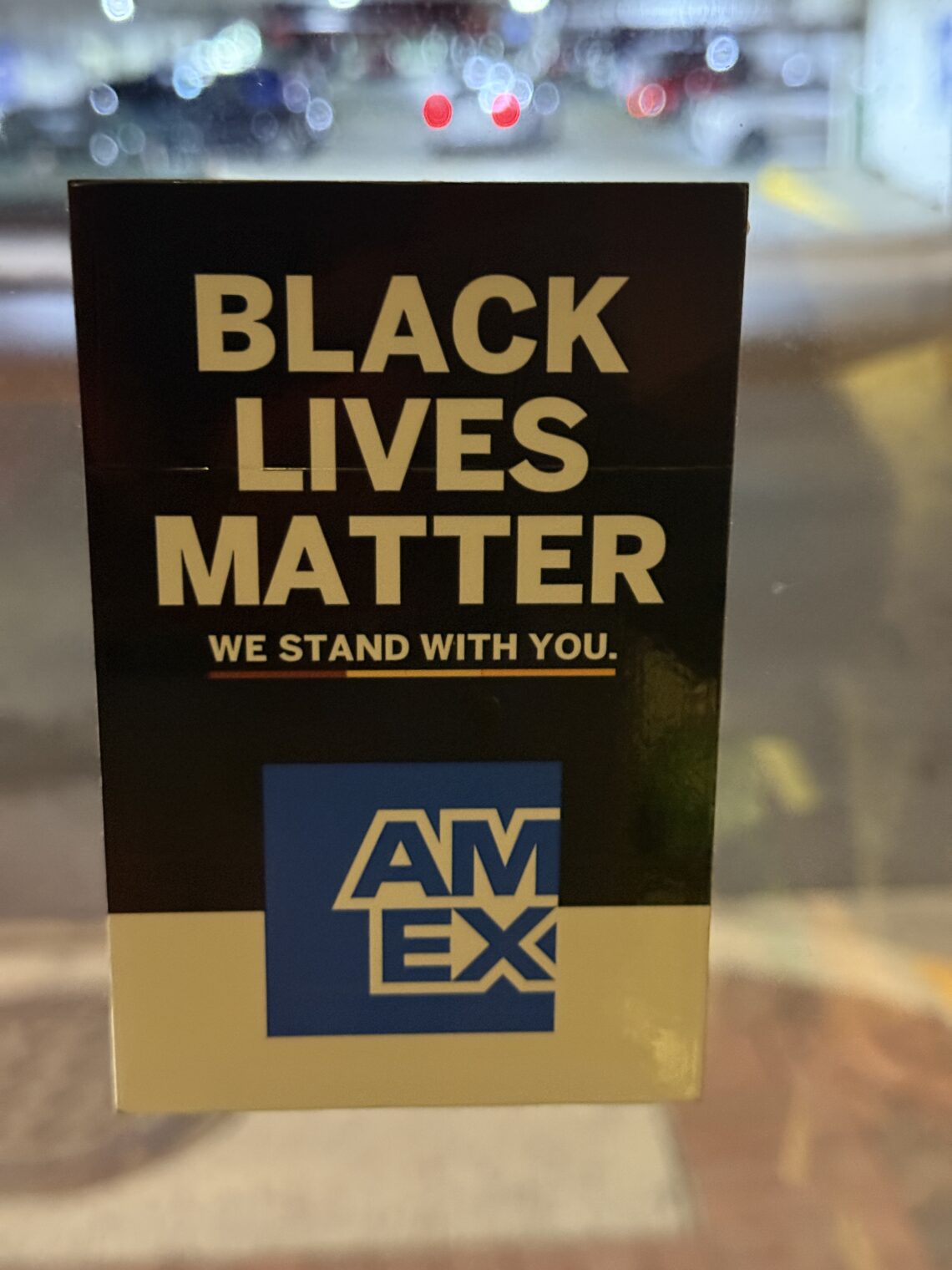Audioengine HD4 desktop Bluetooth speaker review
I called in an airstrike on my own audio position by “upgrading” from a 10.5-year Windows 10 PC to a brand-new Windows 11 machine with 100% pimp ASUS ProArt Creator motherboard. If I’d spent half as much on a motherboard from ASR the machine would have had an optical S/PDIF audio output compatible with my old Nuforce Dia amp (mighty 18 watts) and Audioengine P4 passive speakers (both purchased in 2012 and worked without failures for 13 years). The cheap ASUS motherboards seem to have a header for S/PDIF even if there is no connector.
I decided to give the P4 speakers a vacation and purchased an Audioengine HD4 Bluetooth speaker system. They’re about the same size as the P4 speakers so I put them on the same stands. The result is less desktop clutter because the Nuforce Dia is gone. The Nuforce Dia’s power supply is gone (the HD4’s power supply is internal). One of two speaker wires is gone (the powered HD4 on the left still needs a speaker wire, included (with banana plugs!), to send the output of its power amp to its passive brother/sister/binary-resister on the right). The cable connecting the PC to the amp is gone. (Note that if you’re a serious audio nerd you might nonetheless need to reintroduce a USC-C cable from the PC to the Audioengine HD4; the digital-to-analog converter in the HD4 is capable of handling 96 kHZ/24 bits, but Bluetooth aptX HD is limited to 44 kHz/24 bits. One thing that is painful about my ASUS motherboard is that it doesn’t have any standard connector for a Bluetooth antenna. It has a proprietary pair of connectors for a combined WiFi/Bluetooth antenna that is huge and connected by a long ugly cable to the back of the PC. Given that my PC is hard-wired to the switch via a Cat 5 wire that the 2003 builder of this house thoughtfully included, I just need a small Bluetooth antenna that will live on the back of the motherboard. This apparently does not exist in the ASUS universe.
Setup took about 2 minutes. I powered the HD4 off and then on after 5 seconds to simulate a brief power failure. The Windows 11 machine reconnected automatically. Sound quality seems similar to what I was enjoying before. So… my stupidity in assuming that every modern motherboard would have an S/PDIF optical audio output resulted in the recovery of a bit of desktop space at a $329 cost (on sale from the usual $429 price).
Unlike Sonos, Texas-based Audioengine suggests via its photos that white people may purchase and use its products. Here’s a person at serious risk of “tech neck” unless the AI revolution renders the job obsolete.
The one thing that I don’t love about the speakers aesthetically, compared to the P4, is the metal strip across the front. I guess it would be pretty tough to design a wooden volume knob and a wooden headphone jack!
This photo shows the speakers with the Bluetooth antenna pointing up, which was completely unnecessary in my setup. It also shows the old-school RCA inputs and outputs. The RCA output can be used for a subwoofer. I don’t think that the HD4 has a crossover network and, therefore, the HD4 would keep getting driven at full range even with a subwoofer hooked up. Audioengine seems to include a low-pass filter in their subwoofers so that maybe it all works out, but I’m not gaming in the home office nor watching Hollywood action movies so I don’t think I will be trying out the subwoofer config.
Conclusion: this thing works, but it probably would have been smarter to buy a motherboard with S/PDIF optical out! Also probably smarter to buy a motherboard with a standard antenna connector to which a short Bluetooth antenna could be attached.
Full post, including comments











